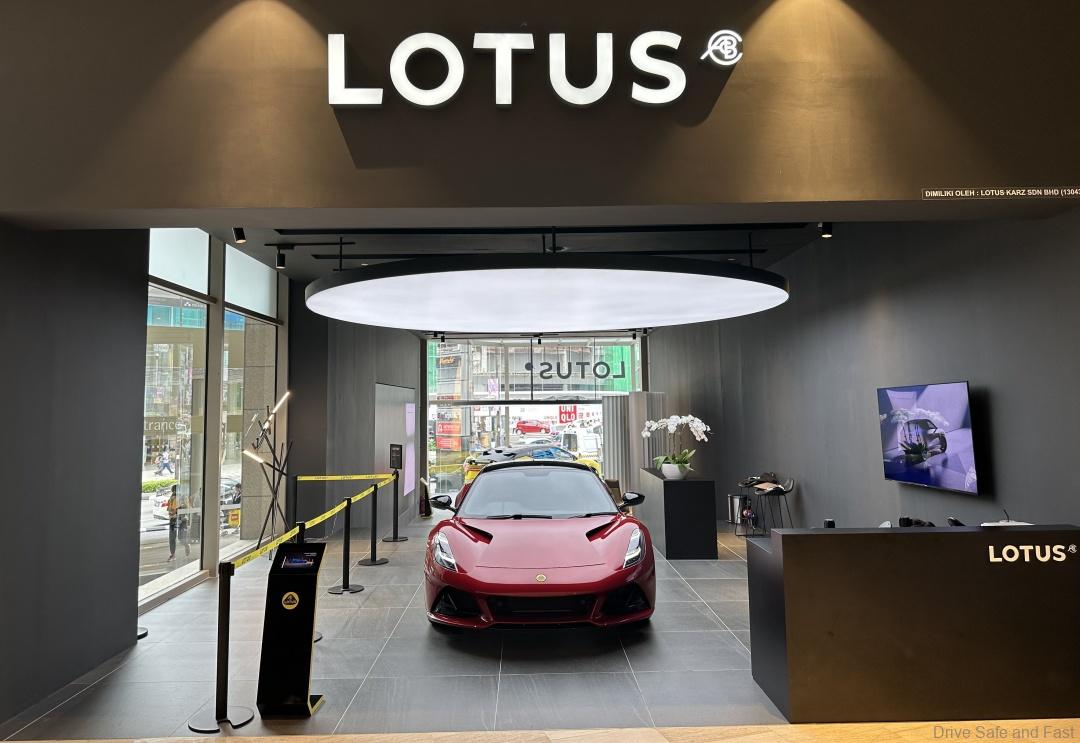Since Lotus models are also now made in China, the U.S has hit them with 100% Tariffs
The introduction of a new 100 percent tariff on Chinese-made cars has dramatically impacted the pricing of the Lotus Eletre in the U.S. market. Originally priced at USD107,000 (about RM453,855), the luxury electric SUV will now start at a staggering USD229,900 (roughly RM975,149).

This substantial price hike is a direct consequence of the tariffs, which aim to protect domestic manufacturing but also significantly alter the landscape for imported vehicles. The Lotus Eletre is manufactured at the company’s state-of-the-art facility located near the Lotus Technology Headquarters in Wuhan, China.
Moreover, this factory plays a crucial role in Lotus’ production capabilities, enabling the brand to develop high-performance electric vehicles. However, with the new tariffs in place, the financial burden is now passed on to consumers, raising questions about the competitiveness of imported luxury electric vehicles (EVs) in the U.S. market.

Lotus is not alone in facing these challenges as other automotive brands are similarly affected by the tariff situation. For instance, Volvo has announced a delay in the U.S. launch of its EX30 SUV until 2025.
On top of that, this postponement coincides with the anticipated opening of a new production line at Volvo’s plant in Belgium, which will allow the company to produce the EX30 locally instead of relying on imports from China. Currently, the EX30 is exclusively manufactured in China, making it vulnerable to the same tariff-induced price increases.

Both Lotus and Volvo are subsidiaries of Geely Holdings, a massive automotive group based in Hangzhou, China. Geely’s extensive portfolio includes a range of brands such as Polestar, Smart, Geely Auto, Geometry, Livan, LYNK & CO, Zeekr, Proton, Radar, LEVC, and Farizon Commercial Vehicle.
This ownership structure adds another layer of complexity to the situation, as the tariffs affect multiple brands under the Geely umbrella. The implications of these tariffs extend beyond just pricing, they may also impact market dynamics and consumer choices.
As luxury EV prices soar, buyers might reconsider their options, potentially shifting toward vehicles produced domestically or by brands that can avoid such steep tariffs. This evolving landscape presents a significant challenge for manufacturers like Lotus and Volvo as they navigate the complexities of international trade and production strategies.

In conclusion, the new tariff regime not only reshapes the pricing strategy for the Lotus Eletre but also signals a broader shift in the automotive industry, compelling manufacturers to reassess their production locations and strategies in response to evolving trade policies.